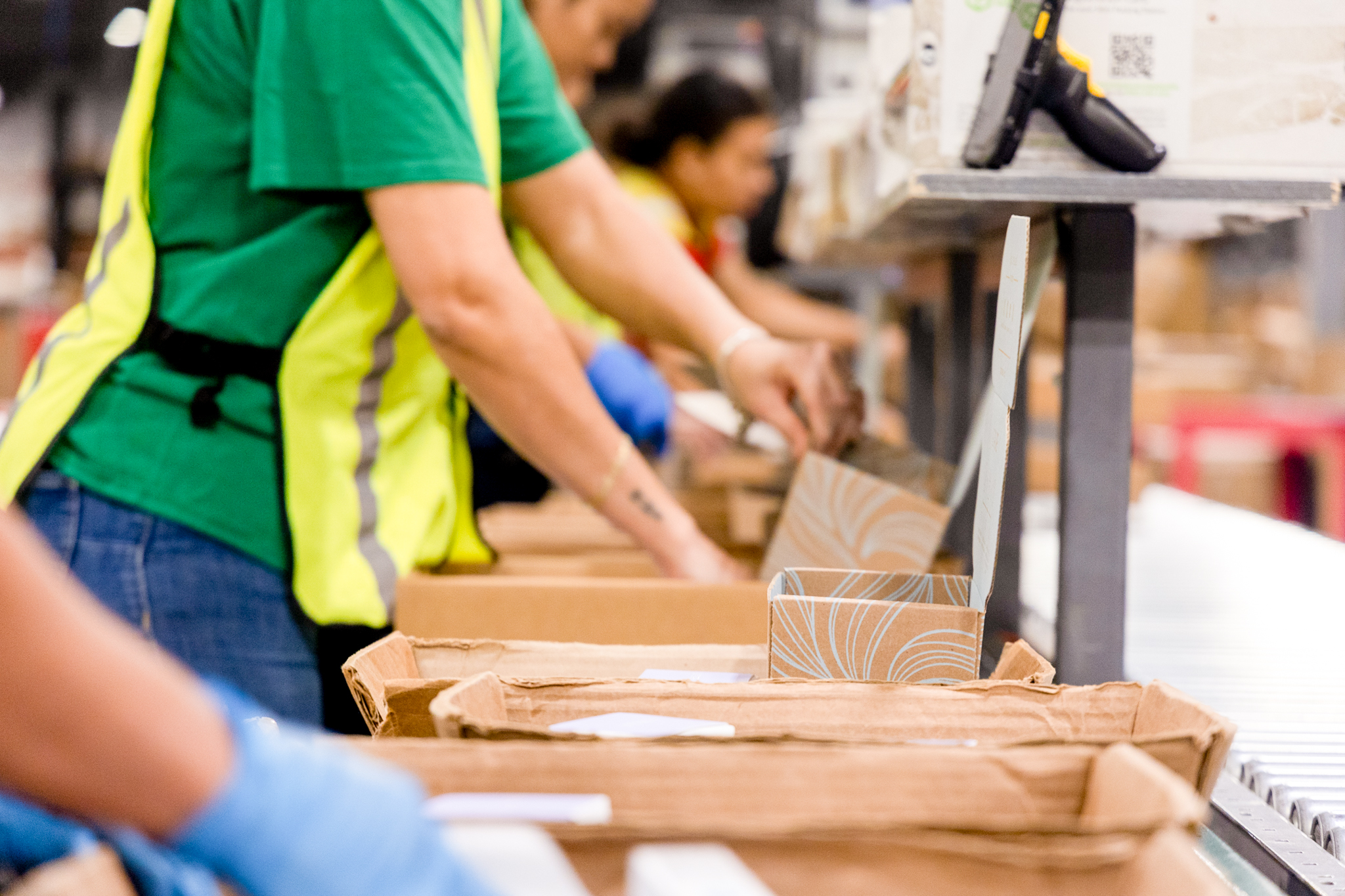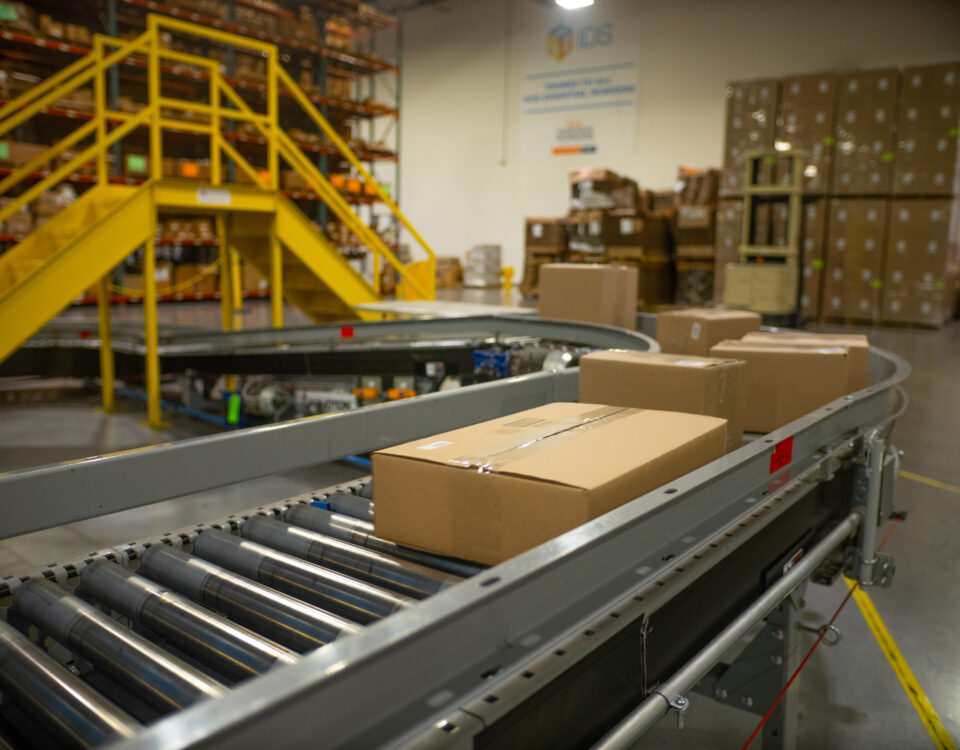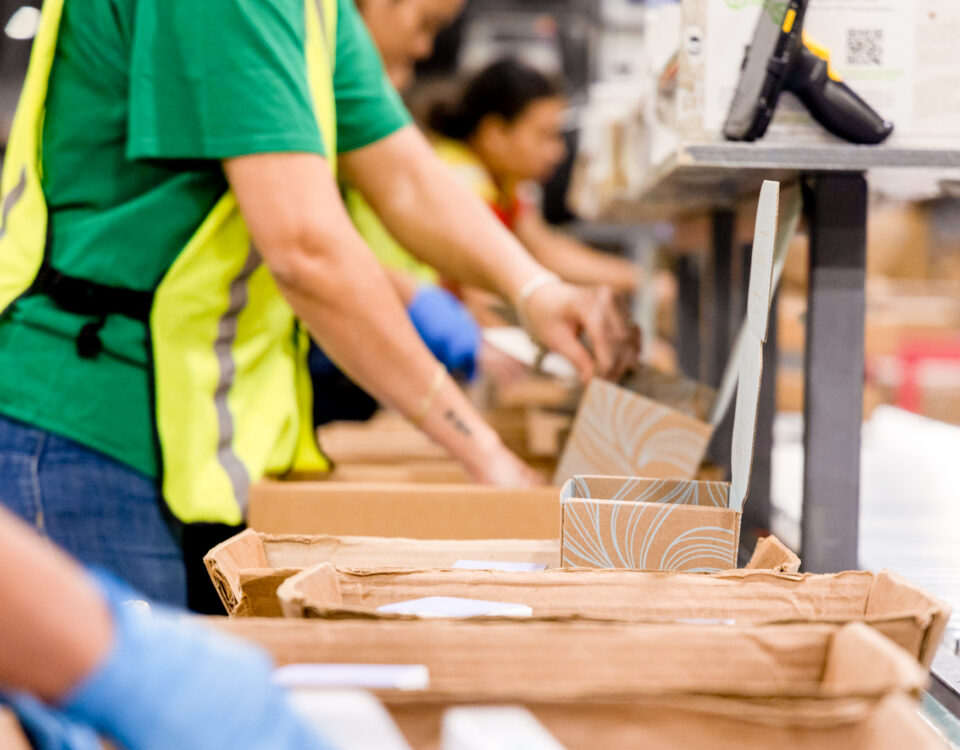Tariffs Are Reshaping Fulfillment—and Pressure’s Building Fast
There’s been a lot of noise around the latest round of U.S. tariffs—but here’s what I’m actually seeing on the ground. Brands are pausing imports, inventory’s tightening in key lanes, and everyone’s trying to buy time. The 10% baseline duty and 145% cumulative tariffs on Chinese goods are real. And with the de minimis exemption phasing out, the financial hit is only part of the story.
What’s harder to manage is the operational uncertainty. Teams are trying to guess how long this lasts, whether a deal is around the corner, and how to protect service levels if it drags on. Some are holding inventory offshore, hoping for resolution. Others are already looking for overflow space or trying to reroute product. This piece outlines how fulfillment leaders can respond with short-term agility and long-term risk mitigation—before volatility turns into disruption.
Why Tariffs Are Hitting Fulfillment Harder Than Expected
Most people associate tariffs with sourcing or cost of goods—but I’m watching them wreak havoc downstream. When duties spike, fulfillment is the part of the system that absorbs the shock—and it’s often the least prepared to flex.
Here’s where I see operations getting squeezed the hardest:
- Sourcing shifts are triggering lead time delays. When suppliers pivot away from China or reroute through alternate ports, inbound delays are inevitable. Without flexible fulfillment, those delays push straight into your customer promise.
- Landed costs are rising, and networks aren’t adapting. Static routing, centralized facilities, and locked-in carrier contracts leave no room to offset those added duties.
- Inventory is showing up in the wrong place. With changing ports and customs slowdowns, stock often lands far from where demand is—burning time and margin to move it.
- Stable fulfillment flows are breaking under volatility. Plans that worked fine last year aren’t holding up to today’s pace of change. And most teams are realizing that too late.
These issues are connected. Tariffs may trigger them, but fulfillment is where they pile up. And without flexibility built into your system, that pile-up turns into lost margin and lost customers.
What a Resilient Tariff Fulfillment Strategy Looks Like Right Now
In this kind of market, the strongest fulfillment plans are the ones built for adaptability. Precision matters, but so does the ability to shift when trade conditions change overnight. The brands staying ahead aren’t betting on short-term fixes. They’re making sure their fulfillment systems can flex no matter what direction trade policy moves next.
Here’s what I’d want in place right now:
- Multiple active fulfillment nodes with real reallocation options. Not just coverage on paper—actual facilities where you can move inventory quickly if sourcing or demand shifts.
- Live visibility across SKUs and nodes. You need to know where product is, what’s at risk, and how quickly it can pivot to meet demand or avoid cost spikes.
- A customs strategy that isn’t reactive. Whether that’s bonded warehousing or tariff classification support, you need proactive moves to avoid surprises. I’m also seeing growing interest in FTZs—zones that allow companies to delay duties until products ship. IDS isn’t an FTZ yet, but we’re actively looking at it.
- Flex terms on storage and labor. When demand shifts or inventory floods in after a delay, fixed contracts become a liability. Flexible capacity lets you scale in both directions.
This kind of setup gives you more than flexibility—it gives you control. And that control is what allows you to stay focused on growth while others are scrambling to keep up.
How to Execute a Tariff-Resilient Fulfillment Strategy—Before Disruption Hits
Fulfillment teams that are executing well in this environment aren’t waiting for the next policy change to dictate their next move. They’re proactively embedding adaptability across their networks and planning for volatility—not just reacting to it.
Here’s what that looks like in practice:
- Run impact scenarios by product and zone. Tariffs don’t affect every SKU the same way. Get clear on what’s exposed, what it costs, and where you can shift to protect margin.
- Link sourcing to fulfillment early. If you’re nearshoring or adjusting suppliers, adjust your inbound lanes and warehouse strategy now—not once delays hit.
- Zone products based on tariff exposure and demand. Stage the right inventory in the right regions. It reduces both transit cost and risk if more policy changes hit.
- Pre-build fallback plans. Don’t wait for port backups or customs changes to build reroute paths and hold-release triggers. If you have the logic in place now, you won’t need to panic later.
This isn’t about building a one-time response—it’s about building infrastructure that moves with uncertainty. The faster you can make those moves, the less disruption you face.
We’re also beginning to see early signs that when this backlog breaks, port congestion and warehouse demand could spike. That means storage capacity will tighten—and pricing will follow. Brands that lock in flexible space now will avoid that crunch and protect fulfillment continuity when volumes surge.
If Fulfillment Can’t Flex, the Whole Strategy Cracks
These tariff increases may be a negotiating tactic—or they may stick. But if you’re planning around what the administration might do next month, you’re already playing from behind. What I’m advising brands to do now is simple: build a fulfillment strategy that works regardless of what policy looks like next quarter.
If your system is too rigid to move when the environment shifts, it’s going to cost you—in margin, in delivery performance, and in customer retention. But if you build for adaptability, your fulfillment becomes a competitive advantage. You can protect profitability and hold service levels even when the market moves against you with the right tariff fulfillment strategy.












